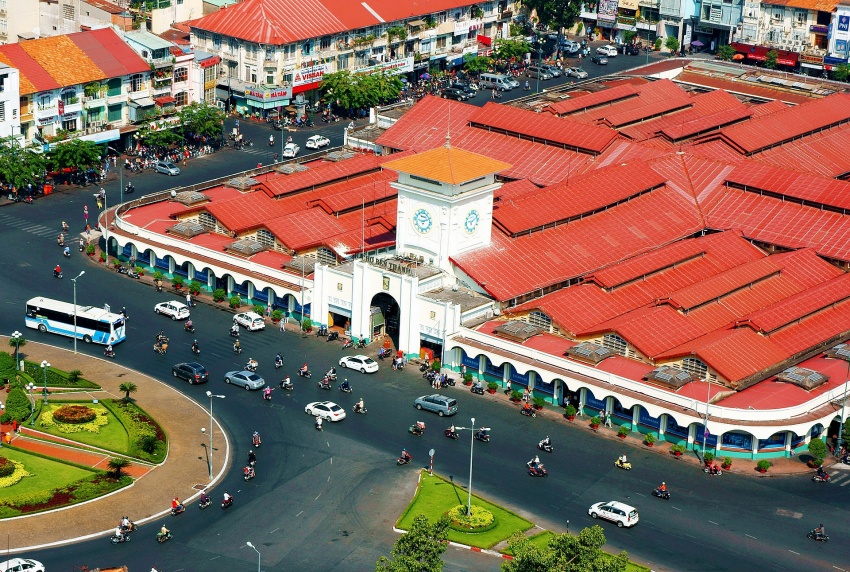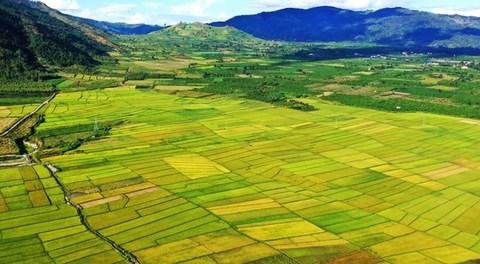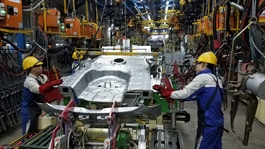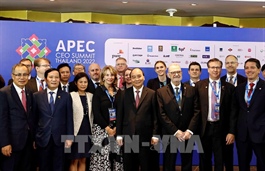Southeast to see stronger socioeconomic development and investment
Southeast to see stronger socioeconomic development and investment
A conference on the government's action plan for socioeconomic development and assurance of defence and security in the southeast region by 2030 will take place on November 26.

With the theme "New Thinking - New Breakthrough - New Values", the event will be held in Vung Tau city in Ba Ria-Vung Tau province, under the chairmanship of Prime Minister Pham Minh Chinh, and deputy prime Minister Le Minh Khai, with participants including leaders of ministries, localities, business associations, as well as domestic and foreign investors.
This is a "three-in-one" conference to announce the government's action plan and call for domestic and foreign investment in the region. An art-photo exhibition will also be held on November 25-26 to introduce the modern, dynamic and creative beauty of people and the southeast and outline the strengths in services, industry, and tourism of the provinces and cities.
"The conference is a very important event for the development of the southeast region, opening up new opportunities for the dynamic and creative region," said deputy minister of Planning and Investment Tran Quoc Phuong at a press conference on November 21.
In 2020, the size of the region's gross regional domestic product at current prices was 4.9-fold higher than in 2005 and 2.6-fold higher than in 2010.
The southeast has a developed and dynamic private sector. The number of enterprises is leading in the country, and foreign investment in the region is the biggest, accounting for 41.1 per cent of total FDI. Ho Chi Minh City is the centre of the region's economy, finance, trade, science-technology, and innovation and the whole country.
However, there are some challenges. Regional development is not commensurate with its potential and advantages. Economic growth is slowing and is lower than the rest of the country. The contribution to the total state budget revenue is decreasing, the labour productivity growth rate is not very high, and implementation is slow.
The regional and inter-regional infrastructure network, especially the transport infrastructure, is still lacking, weak, and inconsistent, affecting the development of the region.
"If the shortcomings are fixed in cooperation with promoting and utilising potential, advantages and new opportunities of the region as much as possible, there will be a lot of promising land for southeast region to develop strongly in future," said Phuong.
The Politburo has issued resolution No. 24-NQ/TW to enable the southeast to become a vibrant area with a high economic growth rate, a strong driving force of the country, a centre of science-technology and innovation, high-tech industries, logistics, and an international financial centre.
The Ministry of Planning and Investment submitted the draft of the action plan to the government to concretise the tasks and solutions of Resolution 24.
To carry out the resolution, the government sets out seven major groups of targets: working for consensus in the formulation and implementation of action plans; rapid and sustainable development in regional and inter-regional economic development; institutional reform and promoting regional linkages; science and technology, innovation, and building infrastructure; developing people's material and spiritual life; ensuring national defence and security, improving foreign affairs; building the Party and political system.
The government's action plan has also highlighted 35 specific tasks and 29 infrastructure projects and assigned them to ministries and sectors to implement.























